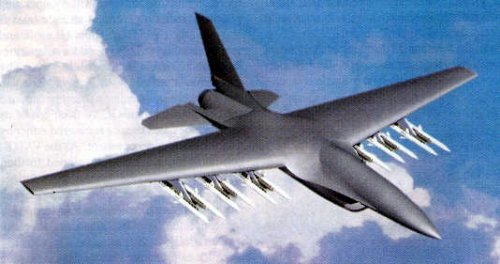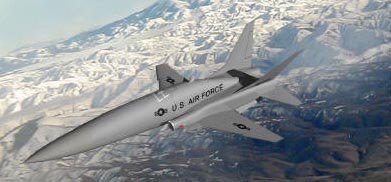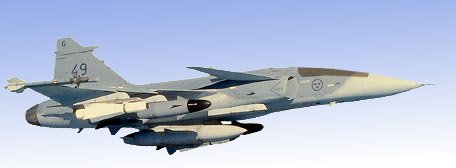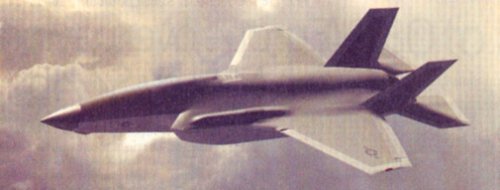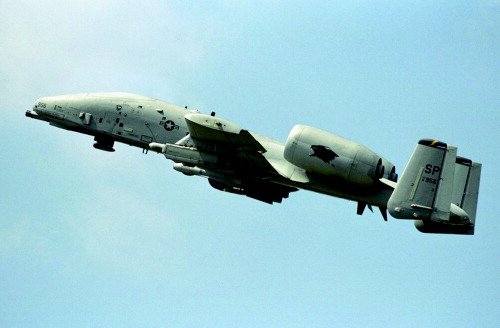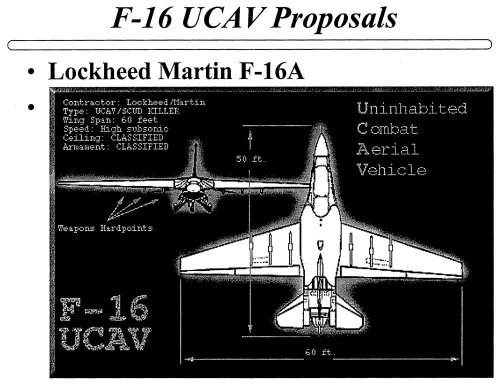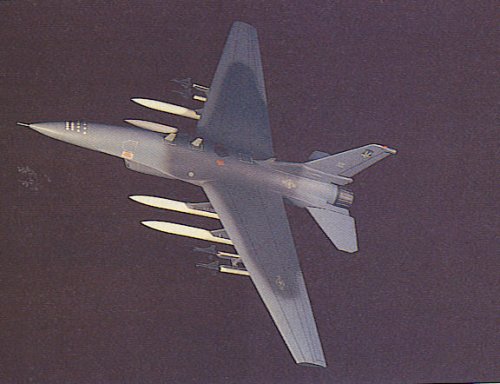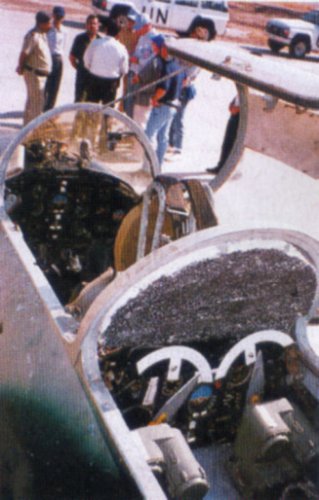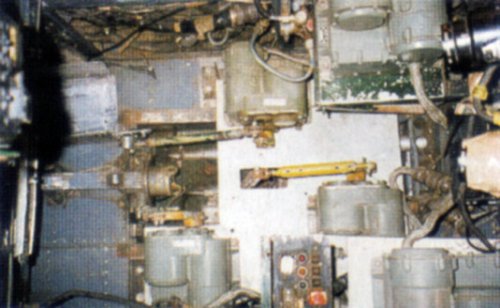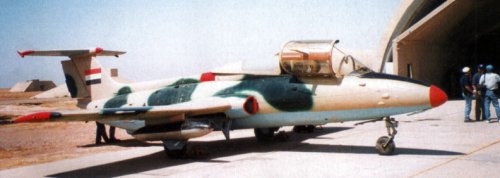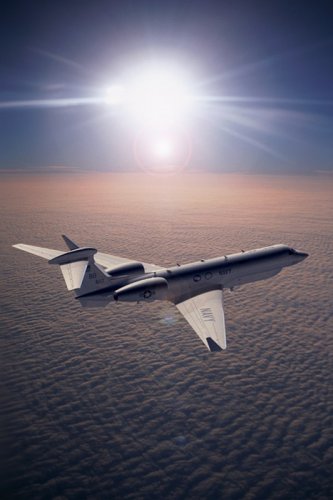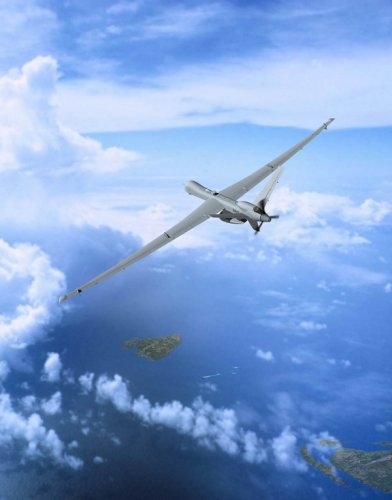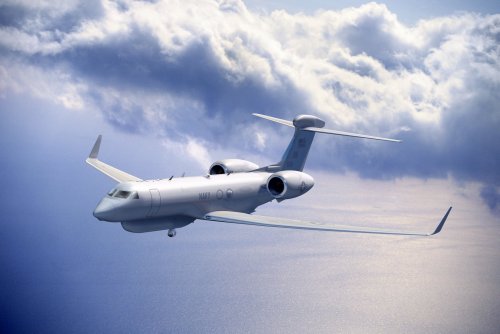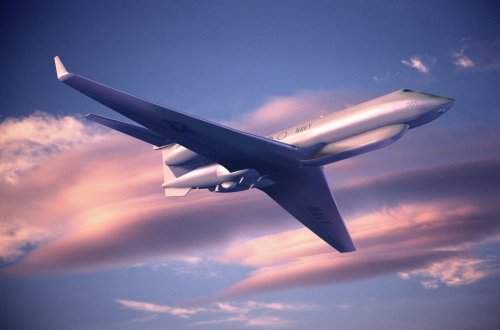Principally I agree with with snurg, an air vehicle, that destroys itself when fulfilling its
mission, is a missile, not a UCAV, but waters are muddied by several designs, that are
derivatives of reconnaissance UAV, for example the Rheinmetall TARES, which shall attack
armoured vehicles, is a version of the TAIFUN. Seems, there's no universal definition.
About the converted B-17 and B-24, there was a quite comprehensive article in "Mistel", by
Arno Rose, Motorbuchverlag, IIRC. I once had this book, but still yet couldn't find it ... :

AFAIK, there were several mission, mainly against the german U-Boat shelter, but without
any success, mainly the used targeting system, using video transmission, was prone to failures.

